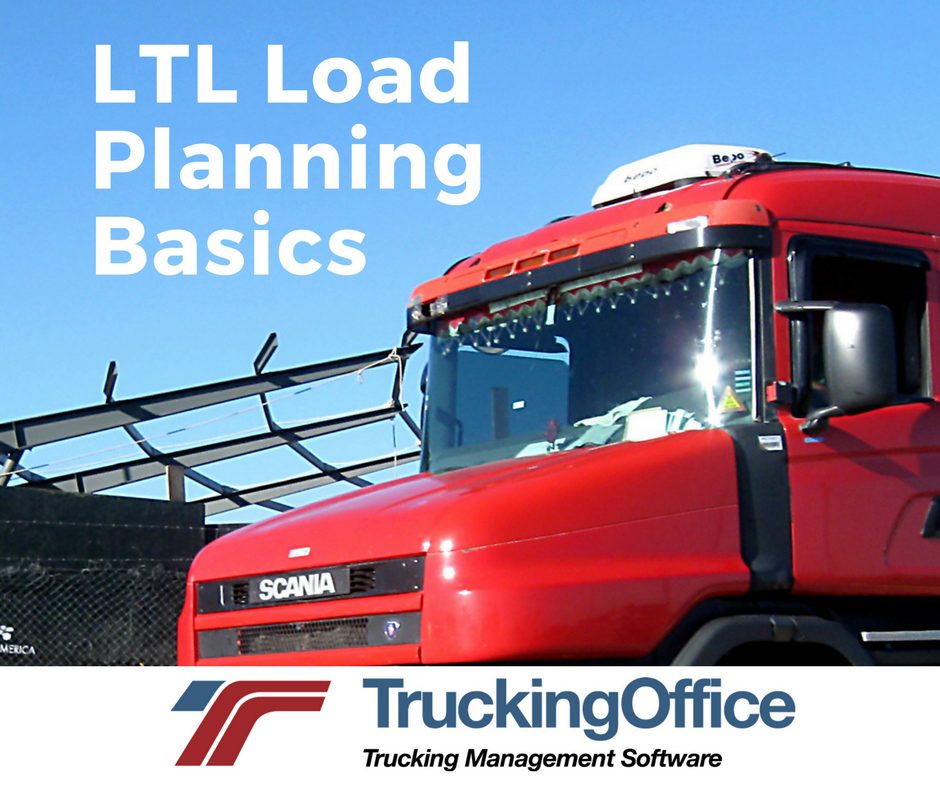Load planning is a great way to maximize your efficiency and your profit margins. In this post, we will cover the basics. However, please remember that load planning is more of an art than a science. Consider the following information an introduction to this topic. Now, let’s look at the three C’s of load planning: consolidation, collaboration, and control.
Consolidation
Consolidating your loads means combining them so you’re able to make your drop-offs with a minimum of fuel use and travel time. This usually means combining less-than-truckload (LTL) deliveries into as full a container as possible. It also means knowing your deadlines so you never have a late delivery. Balancing all these concerns is where the “art” of load planning comes into the picture. More often than not, you’ll have to make these decisions without access to direct information. But you know what they say: if trucking was easy, then everybody would do it.
Collaboration
This is where fostering good relationships with other independent drivers can really help you out. For example, let’s say you and another trucker are both carrying LTL freight from Austin, Texas, to Seattle, Washington. You can collaborate by combining both partial shipments into a single order. Of course, this requires a degree of trust on each party’s part and a clear understanding of how to split the fee. Nevertheless, it can give you the edge you need to squeeze out a few more dollars of profit. And that’s important in these days of tight margins.
Control
Using load planning effectively means knowing what’s going on inside your company at all times. The best way to do so is to use TruckingOffice software. Our state-of-the-art tools give you the power to stay on top of everything: from maintaining your fleet to paying your IFTA taxes. Find out for yourself how good our product is by taking it for free test run, starting today. It has everything you need to make the most of load planning and other smart business strategies.







Recent Comments